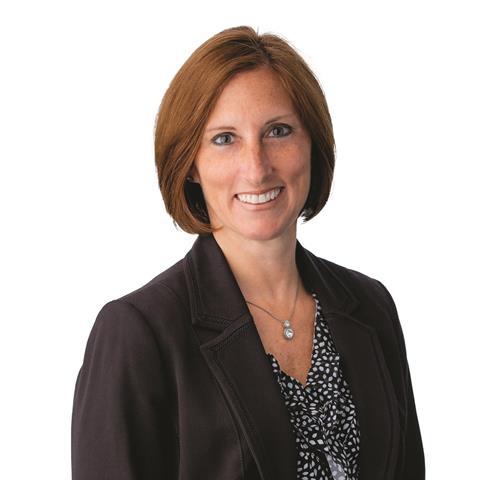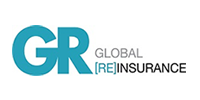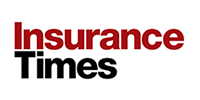By Melissa Ford, senior vice president and head of Middle East and Africa treaty reinsurance, Everest
The unprecedented April 2024 Middle East floods served as a wake-up call for insurance and reinsurance markets across the Gulf Cooperation Council (GCC) region.

The event exposed critical vulnerabilities in risk assessment and loss prevention measures while triggering changes in how insurers, reinsurers, and governments approach flood risk.
Although significant progress has been made in response, a more comprehensive, region-wide approach is required to prepare for more intense and frequent climate-driven catastrophes.
Reinsurers Leading the Shift in Risk Management
Since these catastrophic floods, which hit Dubai hardest, the world’s leading reinsurers have been focused on improving (re)insurance resiliency. Many have pushed for structural and other reinsurance program changes to better align with ceding companies.
Reinsurers have introduced explicit flood sub-limits within proportional treaties to better control and limit aggregate exposures. However, these sub-limits remain relatively high and must be reduced to more meaningful levels. Reinsurers also encourage cedents to adopt non-proportional structures for their catastrophe event protection, allowing them to reduce cessions while managing volatility.
In parallel, reinsurers require risk adequate pricing and are more likely to support cedents who have demonstrated a highly technical approach to risk selection. Some insurers have invested in enhanced flood models with high-resolution flood risk mapping capabilities and more comprehensive portfolio geo-coding. While full implementation will take time, embedding these tools within the underwriting process will improve results and enhance cedents’ access to reinsurance capacity.
While these measures will strengthen the ceding companies’ resilience, the focus has remained largely on the United Arab Emirates, especially Dubai. The broader GCC insurance market must adopt similar measures to help mitigate the impact from future disasters and protect the cedents’ solvency.
From Reactive to Proactive Risk Mitigation
Beyond the structural, pricing, and risk selection measures within the (re)insurance industry’s control, reinsurers emphasize the need for proactive risk mitigation efforts that will ensure the insurance market’s sustainability in a heightened risk environment. The floods have underscored the need for improved infrastructure, particularly in urban centres at risk of rapid water accumulation.
Addressing this challenge requires upgraded drainage systems with more robust floodwater management solutions.
Previous investments made by the KSA (Jeddah Stormwater Drainage Program) and Qatar (Musaimeer Pumping Station and Outfall Project) are good examples of government efforts to enhance urban resilience to extreme weather events, but both were undertaken only after a pattern of severe flooding over several years.
Reinsurers advocate more proactive urban planning measures, including zoning law changes that restrict development in high-risk flood zones. Enhanced emergency response strategies and more effective disaster preparedness plans will also help minimize damage and claims severity.
After these floods, the Dubai government approved the “Tasreef” infrastructure project to increase Dubai’s rainwater drainage network capacity by an estimated 700% by 2033; at a total cost of AED 30 billion, the staggering magnitude of this investment is setting precedent for other GCC nations. As climate change accelerates extreme weather risks, similar and preferably proactive investments should be made across the region.
The Role of Governments and Regulators in Strengthening Market Resilience
Governments and regulators must take a more active role in flood risk management to ensure long-term stability of the GCC insurance market. Reinsurers call for the following to be considered:
- Regulatory intervention: Minimum deductible levels, co-insurance requirements, and rate adequacy measures to prevent under-pricing and unsustainable risk-taking
- Public-private risk-sharing mechanisms: Government-backed flood insurance programs and parametric solutions to distribute risk more equitably
- Long-term infrastructure investment: Acceleration of flood mitigation projects beyond Dubai to match rapid urban growth and protect emerging metropolitan areas
A Critical Moment for (Re)insurance in the GCC Region
The Dubai floods prompted necessary changes in pricing, risk assessment, and reinsurance terms and conditions across the regional insurance market. However, these improvement efforts remain largely concentrated in the hardest-hit areas.
To build a truly resilient GCC insurance ecosystem, the region must embrace a more forward-looking and collaborative approach. While reinsurers have led efforts to reshape how flood risk is priced and managed, long-term resilience demands sustained cooperation between (re)insurers, governments, and regulators.
Reinsurers and regulators can also support cedents in their product development efforts to further diversify portfolios beyond the catastrophe-exposed business classes.
As climate risks become increasingly severe and frequent, the window to implement meaningful change and prepare for a more sustainable future is shrinking. Now is the time to act decisively—before the next catastrophic event forces an even more urgent response.










No comments yet